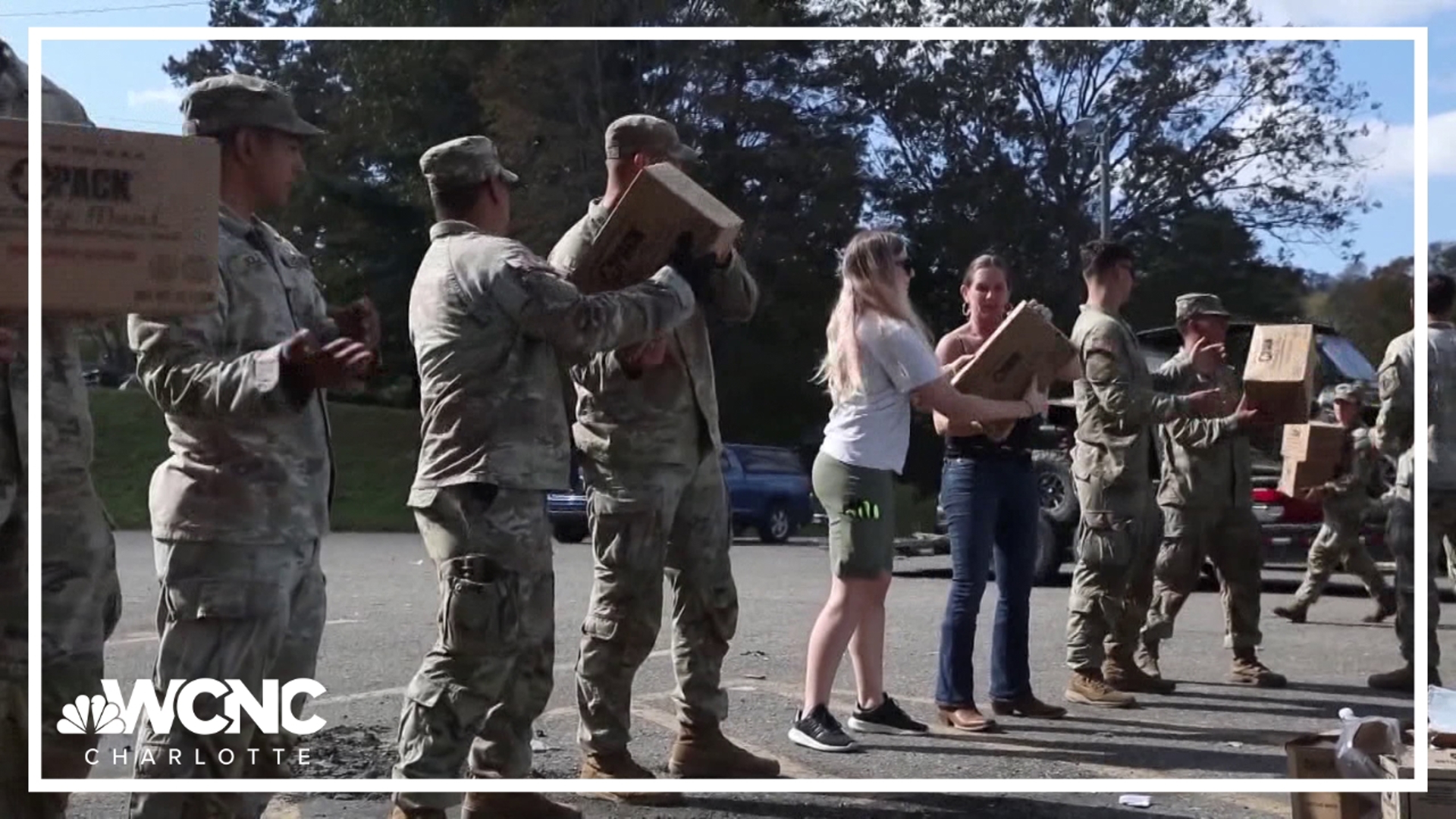ST. PETERSBURG, Fla. — Dozens of tornadoes spawned by Hurricane Milton caught many Floridians by surprise as they braced for heavy rain, strong winds and especially storm surges. Violent twisters were seen crossing highways, ripping off roofs and downing trees and power lines.
There have been 38 preliminary eyewitness reports of tornadoes since Wednesday night, according to the National Oceanic and Atmospheric Administration Storm Prediction Center. Florida sees 50 tornadoes on average total in a whole year. The number confirmed is expected to rise over the coming days as damaged sites are assessed.
The eyewitness reports came as the National Weather Service issued 126 tornado warnings yesterday in the state.
“Certainly that will be a notable part of this storm, was how many tornadoes occurred within such a short period,” said Matthew Elliott, warning coordination meteorologist at the Storm Prediction Center.
The twisters’ ferocity was also unusual.
“It’s definitely out of the ordinary,” said Northern Illinois University meteorology professor Victor Gensini. “Hurricanes do produce tornadoes, but they’re usually weak. What we saw today was much closer to what we see in the Great Plains in the spring.”
Conditions for breeding tornadoes were particularly favorable. Hurricane Milton spent the day offshore with warmth from the sun and instability in the atmosphere creating the right environment.
Tornadoes spawned by hurricanes and tropical storms most often occur in the right-front quadrant of the storm, but sometimes they can also take place near the storm’s eyewall, according to NOAA. The heat and humidity present in the atmosphere during such storms and changes in wind direction or speed with height, known as wind shear, contribute to their likelihood.
“There’s an incredible amount of swirling going on,” Gensini said of the conditions that allowed for the twisters to grow. “Those tornadoes were just in a very favorable environment.”
Before Milton even made landfall, there were 45 tornado reports and a total of 126 tornado warnings, which is the most Florida has ever had in one day and the second most any state has had in history.
The rain north of Milton's eyewall had a unique set up with influences from a stationary front. This blew up the rain intensity. Rain rates were up to 5 inches per hour at times.
The worst storm surge appeared to be in Sarasota County, where it was 8 to 10 feet (2.5 to 3 meters) — lower than in the worst place during Helene. The storm also dumped up to 18 inches (45 centimeters) of rain in some areas.
At least 340 individuals and 49 pets have been rescued in ongoing search-and-rescue operations, DeSantis said Thursday afternoon.
After flying over some of the hard-hit areas, the governor said many of the homes that went up in recent years withstood the storm: “Our buildings that were built in the last 20 or 30 years, they did very well.”
Officials in the hard-hit Florida counties of Hillsborough, Pinellas, Sarasota and Lee urged people to stay home, warning of downed power lines, trees in roads, blocked bridges and flooding.
Just inland from Tampa, the flooding in Plant City was “absolutely staggering,” according to City Manager Bill McDaniel, who estimated the city received 13.5 inches (34 cm) of rain.
The Albert Whitted airport in St. Petersburg, Florida, reported an astronomical one-day rain total of 18.54 inches of rain. This is the most recorded in one day in this part of Florida and made the top 10 in state history.
Tampa's International Airport had 11.43 inches of rain on Oct. 9, and that is only 0.02 inches shy of that one-day extreme. The wettest October on record in the Tampa area was in 1922 with over 10 inches of rain. Milton beat that 31-day total in less than 24 hours.
By Thursday afternoon, Milton was headed into the Atlantic Ocean as a post-tropical cyclone with winds of 75 mph (120 kph) — just barely hurricane force.
The Associated Press contributed to this report.

